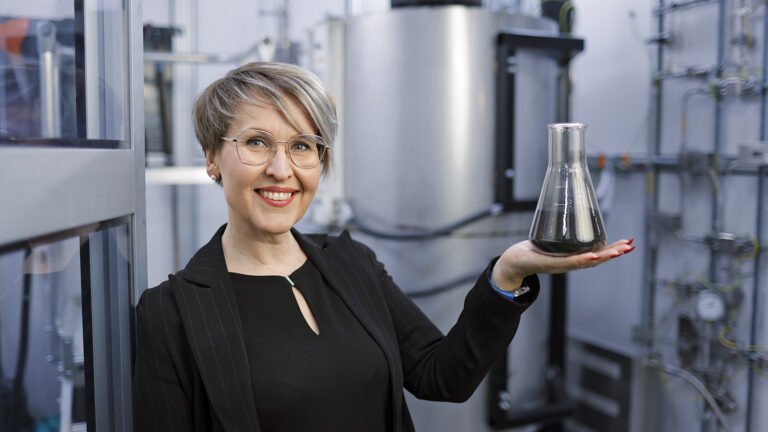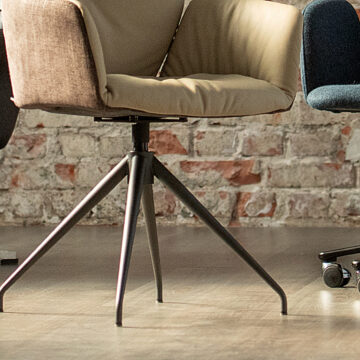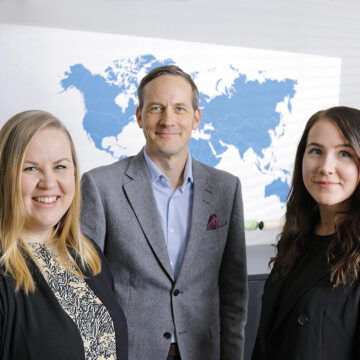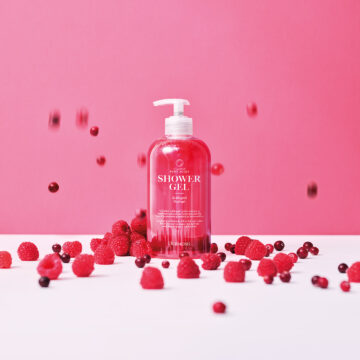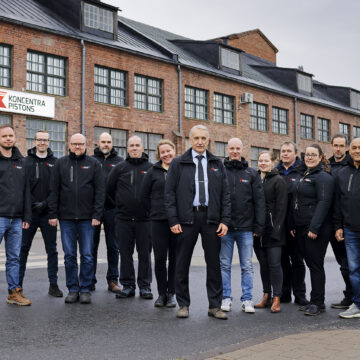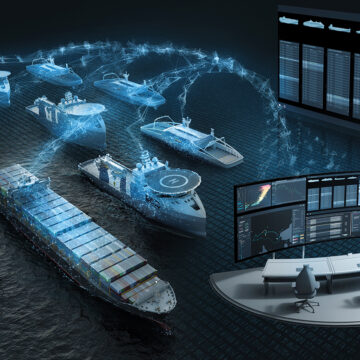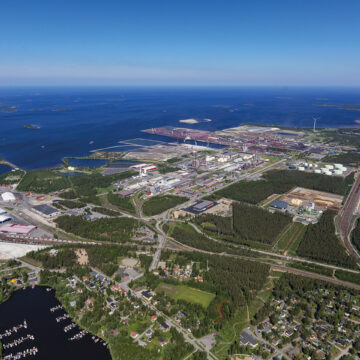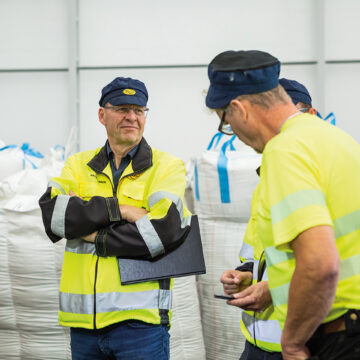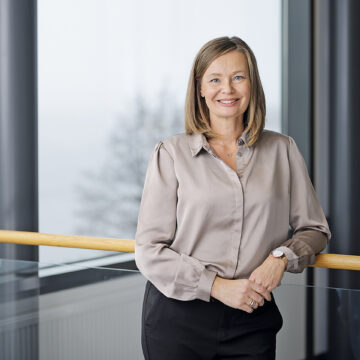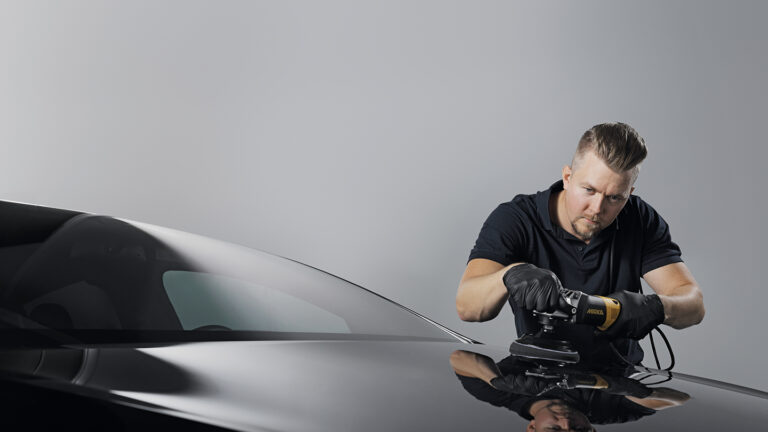
Mirka strives for sustainable surface finishing, but there are pitfalls on the way
Traditionally, Mirka has been a company that takes sustainability issues seriously. At the turn of the millennium, the company launched a pioneering dust-free sanding method, providing workers all over the world with a healthier working environment. Furthermore, Mirka was a forerunner when introducing renewable energy for internal manufacturing processes and for heating its facilities in 2013. The company has also made sustainability reports on a voluntary basis since 2013.
“Simply put, we have done all the traditional things, like switching to renewable energy sources and using LCAs for assessing the sustainability of our products. What we now have ahead of us is the more complicated part”, says Maria Sundqvist, Compliance Manager at Mirka.
What Sundqvist refers to are the big questions: What materials should the abrasives be made of in the future to be as sustainable as possible? How should they be designed so that they are durable and yet easy to recycle? And most importantly, how to avoid the pitfalls of suboptimization along the way?
According to General Manager Charlotta Risku, who is in charge of the development of Mirka’s Surface finishing products, things are complicated because every little part in the process affects everything else.
“It would be easy for us to make a product with a low carbon footprint, but what if that product is of poor quality, and the customer has to use several abrasive discs instead of one?”, Risku illustrates, and continues:
“A life cycle analysis does not necessarily comprise product performance after the product has left our factory. This is why a product with a low carbon footprint does not necessarily enhance overall sustainability from a service life perspective.”
The main reason for the complexity of the work that Maria Sundqvist, Charlotta Risku, and their colleagues have ahead of them is that the whole value chain has to be involved. The issues regarding scope 1 and 2 in the GHG protocol are usually less complex – switch to renewable energy and you are well off. However, scope 3 encompasses emissions that are not produced by the company itself, but those that it is indirectly responsible for, like the emissions of the raw materials used. Naturally, this means that the whole value chain gets involved.
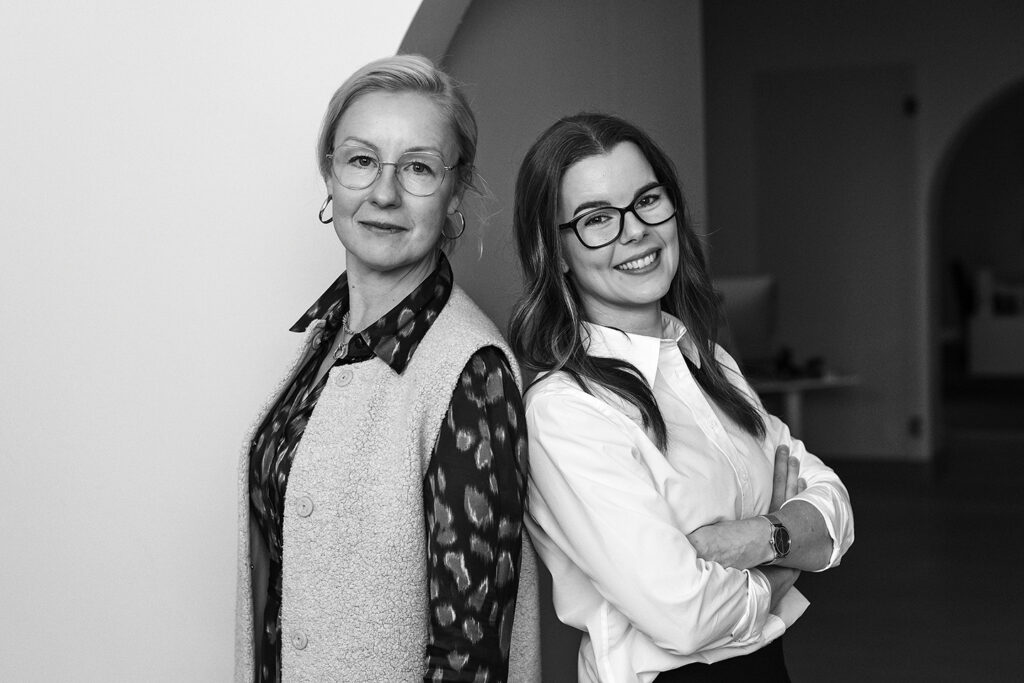
“Our goal is to go beyond and reach a level where we can support our customers in their green transition by providing net carbon neutral surface finishing solutions”, says Risku.
One thing to consider when striving towards that goal is that Mirka’s products need to be easier to recycle in the future. At the moment, abrasives are disposable products, which in the best case end up incinerated in a waste-to-energy plant.
Recyclability is a hot topic for any company manufacturing products containing many different materials. Abrasives typically contain paper, resin, abrasive material and coating.
“Just think about it, up until now our main goal in product development has been to glue all these materials together as tightly as possible. Now suddenly, they should be easy to demount after use”, says Risku.
This is a good example of the fact that sustainability starts already with the design. A product that has been designed for circularity might look different compared to one where this issue has not been taken into account.
The risk of suboptimisation is obvious, since every part of the process affects everything else
Recently, Mirka was chosen as a participant in a national program for circular design, and Risku has high expectations for the outcome.
“I think all of the participants in the programme can learn a lot from each other. Mirka does not have any national competitors and therefore we can share experiences with companies manufacturing products that material-wise have similarities with our abrasives.”
Speaking of raw materials, they pose yet another pitfall for a company striving for sustainability. It may seem appealing to change to biobased raw materials, but there are challenges involved.
“First of all, there is the ethical question of the raw materials for biobased materials potentially being someone else’s food. Secondly, we should always consider if biobased materials have a bigger impact than other materials. It is not always obvious that, e.g. paper is the most sustainable choice in all circumstances, because you have to take into account the performance of the product as well. Fast lanes to sustainability are not that sustainable when looked at closer”, Risku says.
Despite all the challenges, Mirka’s products already have a positive impact on the value chain, when looked at from a broader perspective.
“Surface finishing contributes to extending the lifespan of products. From that point of view, abrasives will play an important role in the green transition”, Maria Sundqvist points out.

